ESG / CSR
Industries
Our 2025 Guide to Sustainable Packaging



These days, maybe you aren’t as surprised when you buy something without excessive styrofoam or plastic padding for the product you purchased anymore – as more companies are starting to recognise the importance of sustainable packaging.
Sometimes referred to as eco-friendly packaging materials or eco-friendly packaging solutions, minimal packaging can help to ensure less waste and keep our world plastic free at the time when we need to preserve our resources the most.
👉 In this article, we'll explain sustainable packaging, the importance of compostable bags and boxes for eco-friendly packaging options, and a focus on compostable mailers is more than ever in 2024.

What is sustainable packaging?
Sustainable packaging is when products are packaged in eco-friendly materials to avoid excessive waste or greenhouse gas emissions by mitigating the use of materials such as styrofoam and plastic.
Sustainable packaging isn’t just used for deliveries, but for any materials that are packaged and need to be stored, shelved, or transported.
👉 Basically, anything that is biodegradable or recyclable that won’t contribute to landfill can be considered sustainable packaging. For instance, compostable packaging
Why is it important that people become aware of the importance and transition to use sustainable packaging?
Why is sustainable packaging important?
Sustainable packaging has never been more important than it is now, as the world continues to struggle in the fight against climate change. You may be wondering how excessive waste from packaging could be contributing to global warming – and it’s because the production and disposal of typical packaging creates massive amounts of greenhouse gasses that pollute the atmosphere.
It isn’t the plastic itself that is most detrimental to the environment, though the production of plastic does create greenhouse gas emissions.
👉 While recycling classic packaging could help to reduce the problem, sustainable packaging is ultimately the better choice for the environment in the long-run.
The Impact of Plastic on the Environment
Instead of plastic, many opt to use products like aluminum, glass, and paper – but these are difficult to rework into sustainable packaging. In addition to this, the problem with classic packaging isn’t just the excessive use of plastic – but other materials that are also non-biodegradable that are used as padding for packaged products.
For instance, bubble-wrap and styrofoam are often used as padding in packaging and are also non-biodegradable materials. This means that styrofoam takes hundreds of years before it is fully destroyed.
💡 In fact, a whopping 141 million tonnes of plastic packaging is produced a year, amounting to 1.8 billion tonnes of carbon emissions – highlighting the need for sustainable packaging to take the place of these non-biodegradable and excessive greenhouse gas habits.
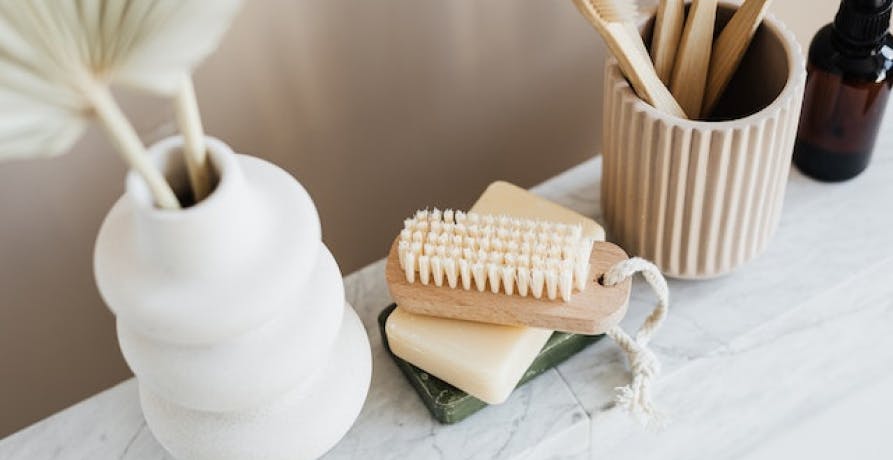
What are some examples of sustainable packaging?
There are a lot of innovative types of sustainable packaging that have taken the market by storm: such as compostable packaging – which can actually benefit the environment by being used for compost after it has been used as packaging.
Common Eco Friendly Packaging Solutions
However, more commonly – sustainable packaging will consist of recycled cardboard materials and other biodegradable materials derived from seaweed, peanuts, bamboo, or even mushrooms.
Through the use of these biodegradable or recyclable materials, the packaging can then be shredded or melted to use for new packaging again – unlike classic plastic packaging, which isn’t fully biodegradable and is difficult to completely recycle.
💡 Even when sustainable packaging claims to use recycled packaging, that plastic packaging can only be burned and re-formed so many times before it inevitably ends up in the landfill.

This is why so many companies opt for compostable packaging instead – as they can order all of the materials to be made in bulk for more than just packaging, but for things like cutlery and compostable to-go containers for those in the food industry. Given the advances in technology, most people won’t even be aware of the difference between classic and sustainable packaging – but the planet ultimately will.
Additional Eco Friendly Packaging Options & Packaging Materials
Other types of sustainable packaging include the use of biodegradable packing peanuts, cornstarch packaging, instead of styrofoam, corrugated cardboard wrap that mitigates the use of classic plastic bubble wrapping, air pillows made from recycled materials, utilizing available recycled cardboard and paper, using mushroom or seaweed packaging for molded products instead of plastic, using organic textiles to protect products, and using edible films instead of plastic – such as when you remove the film from a new iPhone.
Sustainable packaging is clearly the better choice for the environment, but will it be just as beneficial for your business?
| Material | Pros | Cons |
|---|---|---|
| Recycled Cardboard and Paper |
|
|
| Mushroom Packaging |
|
|
| Seaweed Packaging |
|
|
| Bamboo |
|
|
| Biodegradable Peanuts (Made from Peanuts) |
|
|
Can sustainable packaging be good for your business?
The truth is, sustainable packaging isn’t just good for the environment – but it could be good for business, as more and more customers are voting on their preference on sustainable packaging for their products.
💡 Think about it: no one wants to feel guilty when doing their Christmas shopping that they’re going to throw away even more trash than they already plan to throughout the holiday season.
Classic plastic packaging will emit harmful chemicals as it attempts to biodegrade, whereas sustainable packaging won’t do that. In addition to ensuring the health and safety of customers, those who purchase products with sustainable packaging can also make use of packaging and reuse it themselves if they don’t opt to recycle it.
👉 For instance, let’s say someone needs a cardboard box to ship something they sold online – the sustainable packaging can then be reused again.
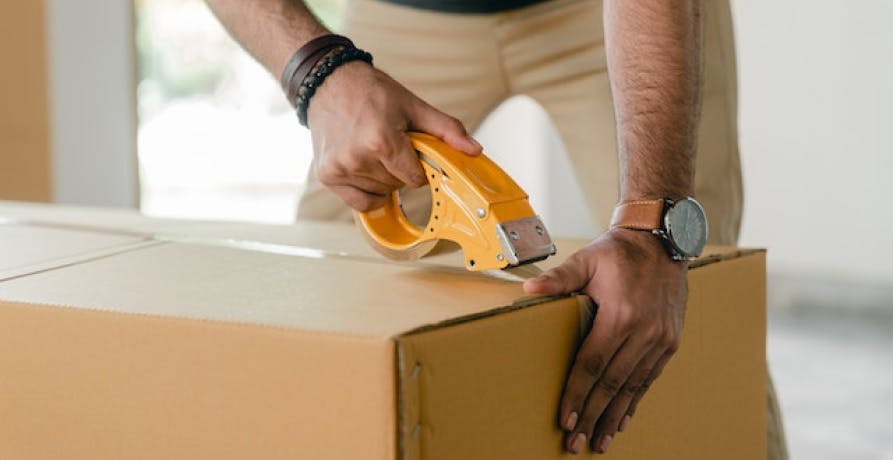
These are all the reasons how sustainable packaging can benefit the environment and the consumer, but what about the business itself?
How Eco-Friendly Packaging Benefits Your Business
First of all, sustainable packaging is versatile as in any and every business can find a way to make use of it. In other words, whether it’s a new laptop or a pair of boots – there are sustainable alternatives to make your shipment more sustainable.
💡 In addition to the adaptability of sustainable packaging, opting for biodegradable materials can help to improve the image of your brand – as sustainable packaging will demonstrate your company’s commitment to sustainability and protecting the environment.
Also, the use of sustainable packaging can help to reduce the cost of transportation of your products – as some countries like the U.K. have now implemented a plastic tax on any imported goods containing plastic. Therefore, if you’d like to see your company go global – going biodegradable may be the way to go in order to avoid hefty fees.
Implementing the use of sustainable packaging can attract new customers that wouldn’t have found your company otherwise. For instance, someone may be in the market for a pair of shoes and would’ve purchased one pair – but decided to purchase a different pair instead as the website to that shoe company promised to deliver using sustainable packaging. Had this customer not been set on using sustainable packaging, they may not have found the other shoe business at all.
Which companies have already discovered the benefits of sustainable packaging?
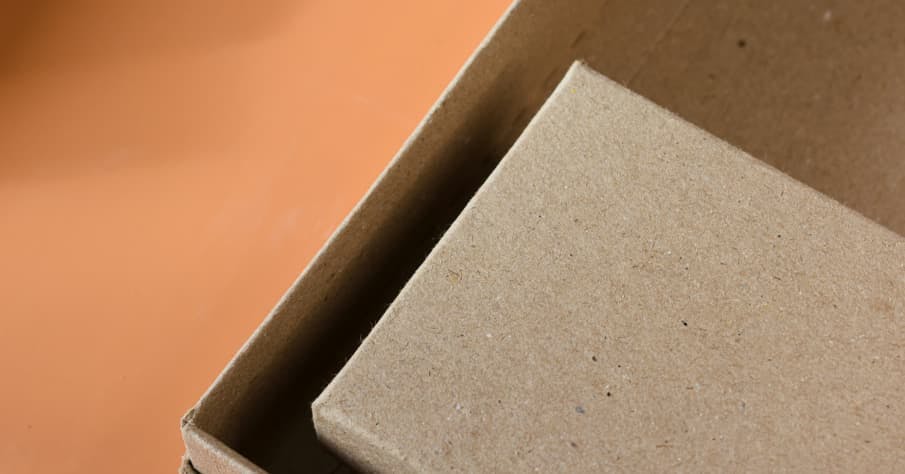
Are there companies that already implement sustainable packaging?
Sustainable packaging may seem new to you, but it’s been the new norm for a lot of companies these days. Here are just a few of your favorite retailers that are always sure to use sustainable packaging for their products.
Thrive Market
This popular U.S. online food retailer that caters to all dietary needs like paleo, whole 30, and vegans – makes sure that all deliveries are made with 100% sustainable packaging.
💡 In place of traditional lightweight poly mailers, Thrive Market makes use of eco-friendly and compostable mailers for the stickers, shipping, and to ensure quality brands for their customers – all while avoiding landfills and excess energy use.
Thrive Market accomplishes this as it uses all recyclable and reusable materials for it’s packaging, such as bamboo to wrap products instead of classic bubble wrap, maximizing the space of the box by packing a dozen or more items into each shipment, avoiding the use of air travel entirely, and investing into carbon offset projects to make all of their shipments carbon neutral.
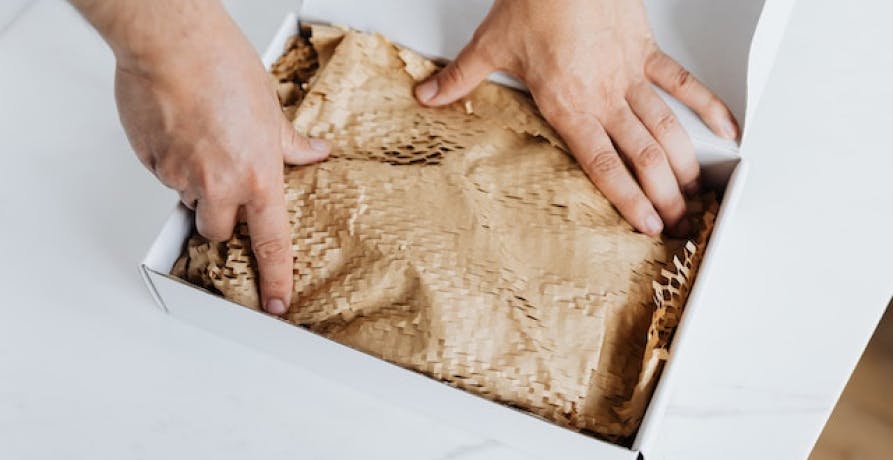
Calvin Klein
The international company that owns Calvin Klein, PVH – is determined to transition to entirely sustainable packaging by 2025. PVH is already well on its way, with almost 75% percent of their packaging being fully recyclable and working towards becoming zero waste by the year 2030. They’ve already saved over 200 tons of plastic each year through their efforts to use sustainable packaging.
Patagonia
Patagonia is already one of Greenly’s top picks in terms of sustainable fashion, but they also do a superb job on sustainable packaging their clothes for customers. The company values recycling immensely – demonstrating so by making sure to use almost 70% of recyclable materials for their clothing. Patagonia packages their already-sustainable clothes into 100 percent recyclable paper, so that customers can properly recycle their packaging once they have opened their new garments.
How can you incorporate sustainable packaging into your business or daily life?
Maybe you think that sustainable packaging only applies to large businesses that ship their products, but think again. Odds are, you’re using things in your life that can be replaced with sustainable packaging on a daily basis.
For instance, while it is most prevalent during the holiday season – think of how much wrapping paper and plastic you use to wrap your holiday gifts every year. This is probably the time of year when you “package” things the most, but it applies to birthdays or any holiday with gift-giving as well.
💡 The best thing you can do when wrapping your presents this year is to use recyclable, paper wrapping and recyclable materials for the “ribbon” of the present. If you think they aren’t as attractive as classic holiday wrapping, think again.
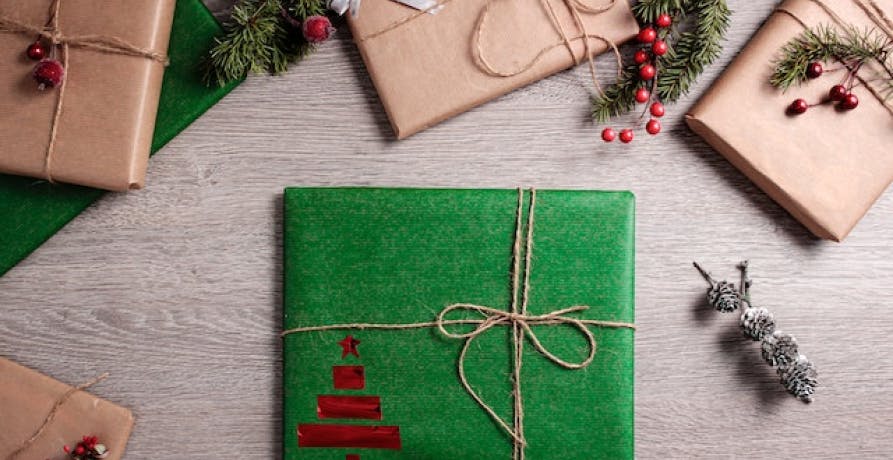
Think back to the last time you received a gift in a non-recyclable plastic gift bag or with wrapping paper – where did it end up? Probably in the trash, or sitting in your closet just waiting to be thrown in the trash. Therefore, it’s best to stick to sustainable wrapping whenever you give gifts if you want to advocate for the importance of sustainable packaging.
Even in your day-to-day life, you’re probably packaging things like medicine, food, groceries, or papers to carry around with you. Why use a plastic folder or a plastic bag? Choose to opt for reusable glass containers, reusable bags, or aluminum (but make sure you recycle it, since aluminum usually ends up in landfill!) wrapping instead of using plastic wrap.
Last but not least, whenever you order something online – try to opt for the companies that are committed to sustainability and incorporate sustainable packaging into their deliveries. Implementing the practice of sustainable packaging in your own life will inevitably make a difference, but it’s important to not contribute to the excessive use of non-biodegradable packaging as well.
Overall, sustainable packaging will only become more prevalent as we inch towards a zero-waste world – making it imperative for businesses, households, and everyone in between to reduce their packaging waste in whichever way they can.
What about Greenly?
If reading this article about sustainable packaging has made you interested in reducing your carbon emissions to further fight against climate change – Greenly can help you!
Greenly can help you make an environmental change for the better, starting with a carbon footprint assessment to know how much carbon emissions your company produces.




